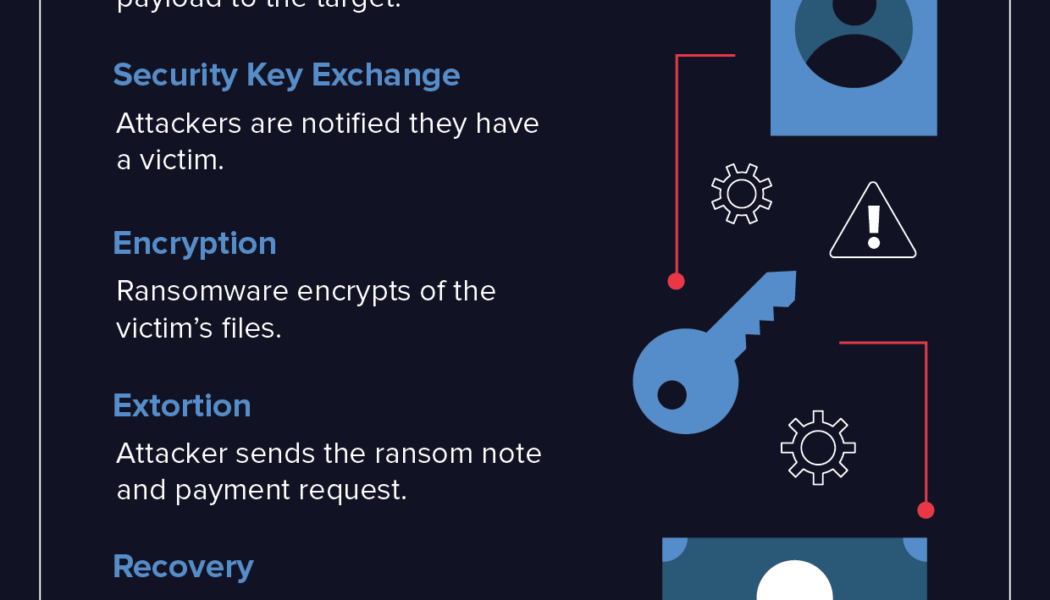Ransomware attacks are on the rise, and the pay-out for a successful breach is growing as data becomes more and more valuable. The potential of falling victim to ransomware is escalating, and such an occurrence could end up costing billions in downtime and recovery.
As we become more firmly entrenched in the cloud, it is imperative to evaluate not only the measures that have been put into place to prevent an attack but also the tools and protocols that have been implemented to help a business recover. Given the current economic climate and threat landscape, a successful ransomware attack is a strong possibility – is your backup strategy in a position to help or hinder the recovery?
A proactive strategy for data
One thing that has become clear is that businesses need a strategy, and a less reactive approach toward data management has numerous benefits. As a result, many organisations are embracing the NIST cybersecurity framework, which offers a more proactive approach to data protection. This framework offers a solid basis for data management with data protection at its heart.
The steps outlined by NIST are as follows: identify cybersecurity risks; protect data and systems from attack; detect suspicious activities and anomalies; respond to limit the negative impact; and recover data, systems and operations. Having the right systems and processes in place remains essential, but when all else fails, recovering from attacks is the last line of defence and can mitigate the widespread impact of breaches.
Future-proofing data backup and recovery
Data Management as a Service (DMaaS) offers a simple, cloud-native solution to help organisations not only protect their data and comply with data privacy legislation but also recover data in the event of a ransomware attack. This includes various elements that have become intrinsic in a cloud world. Firstly, DMaaS delivers backup for a variety of SaaS applications, whether on-prem, in the cloud, or in a mixture. It also offers hybrid cloud data protection, including virtual machines, containers, and both structured and unstructured data, as well as cloud storage data protection.
Another element to look for, especially in today’s remote working environment, is endpoint data protection for laptops and desktops, as well as Active Directory backup. These aspects will cover all of the elements of the modern, data-driven workforce. The benefit of DMaaS, aside from predictable cost and ease of management, is that it unifies data protection and management into a single solution with a single pane of glass view to simplify complexity and control costs. This helps to eliminate siloes, manage risk and safeguard data availability.
Comprehensive ransomware protection
A comprehensive approach to data protection is critical in mitigating the risk of ransomware attacks and is made up of three pillars: protect, detect and recover. Protection insulates data from successful breaches, including ransomware, as well as internal malicious attacks. Detection works to spot and identify attacks and includes tools to mitigate the impact of a breach. Recovery is the fast and reliable restoration of data and services to minimise downtime and business impact.
A multi-layered security approach with Backup as a Service (BaaS) solutions can incorporate data from a variety of sources, including on-prem workloads, cloud workloads, endpoints, and SaaS applications. This data can then be encrypted both in flight and at rest, and isolated via a virtual air gap, with early threat detection such as anomaly detection, trends and insights, user behaviours, and honeypots.
An important element to consider is the inclusion of next-generation best practices such as multi-factor authentication, zero trust access controls, and immutable data backups. It is also imperative to have robust controls to prevent threats and also ensure data is recoverable from both deletion and attack. The goal is to achieve a hardened, enterprise-grade security model to limit data loss and deliver rapid recovery.
Back to business
In a data-driven world, knowledge is power. With advanced security tools and insights, organisations are empowered to evaluate and continuously improve their backup security posture, gain real-time visibility into critical events, anomalous activities, and vulnerabilities, and make informed decisions to meet and exceed recovery time and recovery point objectives. The goal of any data protection solution should be to quickly recover to the point before the breach or compromise, to get back to business as usual quickly, and mitigate the risk and cost of downtime.
By Kate Mollett, Regional Director at Commvault Africa










Tagged: Cloud-native solutions, cybersecurity, cybersecurity risks, Dat-driven workforce, Data Management, Data Management as a Service (DMaaS), data protection, Hybrid cloud data protection, IT, IT News, Lists, ransomware attacks, Security, Systems and Operations, Tech, tech news, technology, virtual machines